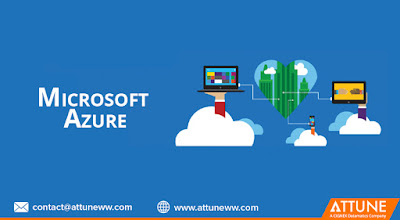AI making Rapid Strides
With its immense benefits becoming obvious, artificial intelligence (AI) is fast taking over various tasks in businesses across sectors. Typically, it is put to use to carry out functions that need accuracy but are repetitive in nature, like data analysis. At the other end of the spectrum, the technology is being honed and taken to a cutting-edge levels – unlocking its potential to perform cognitive functions of the kind the human mind performs such as perception, reasoning, problem solving, and even anticipating forthcoming situations, such as supply chain choking for instance, and be ready with solutions.
Other than the familiar data analysis, AI is currently used commonly in areas like Speech Recognition, Robotic Process Automation, Natural Language Generation, Bio-metrics et al. Likewise, the applications range from converting human speech into a format that a computer can understand and apply, use algorithms to device machine learning platforms (like the ones Amazon, Google, Microsoft etc. use), and Bio-metrics that recognise, measure and analyse human’s physical features and behaviour.
And while the potential of AI is limitless, businesses by and large are just beginning to harness that basic benefits of the technology. Even so, recent studies suggest that software for machine learning and deep learning segments of AI are expected to rake in a staggering $90 billion in revenue by 2025.
Companies are deploying the tech to achieve new levels of efficiency in data analysis to run functions and boost bottom lines. This in turn is driving research in the domain itself at a furious pace. Tech giants are pouring in enormous rerun sources into exploring the depth and scope of next-gen AI solutions. In fact, data scientists at internet giants as well as start-ups are teaming up with business managers to get machines to do number crunching that enables decision-making a low-risk affair so as to optimise revenue in businesses. Indeed, the next decade is likely to see seminal changes in both – extensive use of AI to run organisations as also the unleashing of the staggering breadth and scope of AI itself.
Top 15 AI technologies in currency today:
— Natural Language Generation
— Speech Recognition
— Machine Learning Platforms
— Virtual Agents
— Decision Managements
— Ai Optimized Hardware
— Deep Learning Platforms
— Robotic Process Automation
— Text Analytics and Natural Alnguage Processing (NLP)
— Bio-metrics
— Cyber Defence
— Content Creation
— Emotion Recognition
— Image Recognition
— Marketing Automation
With its immense benefits becoming obvious, artificial intelligence (AI) is fast taking over various tasks in businesses across sectors. Typically, it is put to use to carry out functions that need accuracy but are repetitive in nature, like data analysis. At the other end of the spectrum, the technology is being honed and taken to a cutting-edge levels – unlocking its potential to perform cognitive functions of the kind the human mind performs such as perception, reasoning, problem solving, and even anticipating forthcoming situations, such as supply chain choking for instance, and be ready with solutions.
Other than the familiar data analysis, AI is currently used commonly in areas like Speech Recognition, Robotic Process Automation, Natural Language Generation, Bio-metrics et al. Likewise, the applications range from converting human speech into a format that a computer can understand and apply, use algorithms to device machine learning platforms (like the ones Amazon, Google, Microsoft etc. use), and Bio-metrics that recognise, measure and analyse human’s physical features and behaviour.
And while the potential of AI is limitless, businesses by and large are just beginning to harness that basic benefits of the technology. Even so, recent studies suggest that software for machine learning and deep learning segments of AI are expected to rake in a staggering $90 billion in revenue by 2025.
Companies are deploying the tech to achieve new levels of efficiency in data analysis to run functions and boost bottom lines. This in turn is driving research in the domain itself at a furious pace. Tech giants are pouring in enormous rerun sources into exploring the depth and scope of next-gen AI solutions. In fact, data scientists at internet giants as well as start-ups are teaming up with business managers to get machines to do number crunching that enables decision-making a low-risk affair so as to optimise revenue in businesses. Indeed, the next decade is likely to see seminal changes in both – extensive use of AI to run organisations as also the unleashing of the staggering breadth and scope of AI itself.
Top 15 AI technologies in currency today:
— Natural Language Generation
— Speech Recognition
— Machine Learning Platforms
— Virtual Agents
— Decision Managements
— Ai Optimized Hardware
— Deep Learning Platforms
— Robotic Process Automation
— Text Analytics and Natural Alnguage Processing (NLP)
— Bio-metrics
— Cyber Defence
— Content Creation
— Emotion Recognition
— Image Recognition
— Marketing Automation








